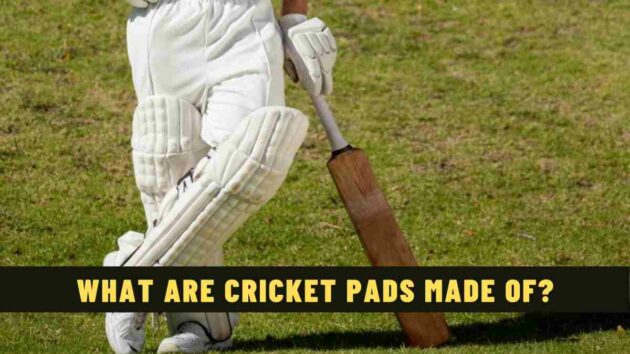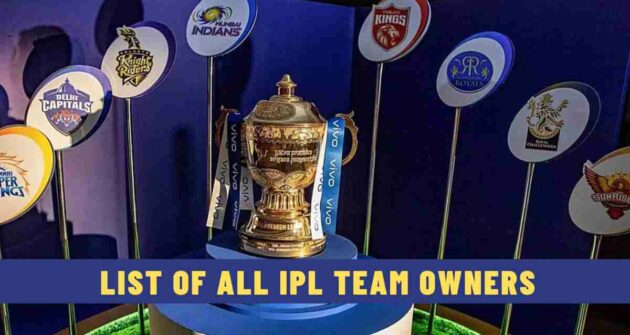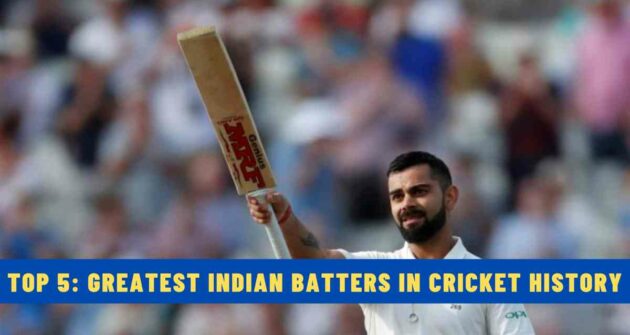Cricket pads are one of the crucial parts of any player’s cricketing gear. They give protection in the lower part of the legs, like thighs, knees, and shins.
They protect a player from getting injured, as the speed of a leather cricket ball can cause career-threatening injuries, so wearing pads is important.
Some cricket fans might be wondering what material is used in manufacturing cricket pads. We explain this in detail:
Table of Contents
Traditional and Modern Cricket Pads
Previously, cricket pads were made of cotton, foam, and cane rods. These materials made pads heavy, due to which players found it difficult to run between the wickets.
But pads manufactured in modern-day cricket are compact and lightweight. These pads are made of ultra-light materials, while their segmented design helps the players run between the wickets easily.
These pads could be wrapped around the legs, and they don’t come into contact with gloves or the bat.
Materials Used in Manufacturing Cricket Pads
Previously, leather was used to manufacture pads, but now they are manufactured with materials that are lightweight and cost-effective. PVC (Polyvinyl Chloride) and Polyurethane (PU) leather are some of the materials that are used today.
These materials make the pads lightweight, increase durability, and provide utmost protection to the players. These materials help in producing high-quality pads.
Also Read | Ideal Weight of a Cricket Bat – An Overview
How to choose cricket pads?
Pads are commonly used by batters as well as wicketkeepers, although wicketkeeping pads are designed differently.
Cricket Pads for Male Batters: They are used by male batters. There are different sizes, like small and mini, in the men’s category. The design and make of left-handed batters are different as compared to the right-handed batter’s pads, and there are choices available when it comes to their colours.
For boys, 32 cm-35 cm pads are available, while for youth, 36 cm-38 cm pads are available. For men, 41 cm-43 cm pads are available.
Cricket Pads for Women & Girls: Cricket pads for girls & women are divided into three types. 32-35 cm for girls, 36-38 cm for youth, 39-43 cm for women.
Cricket Pads for Wicketkeepers: Wicketkeepers wear these pads while keeping wickets, and they are categorised in the same way as batters pads.
Also Read | Wicketkeeper Rules in Cricket
Selecting the Right Cricket Pads
A player’s protection is crucial, which is why before choosing pads, their padding, covering material, and type of foam should be checked. It is important to check the structure of the pads, and their feel should be comfortable.
Pads that are curved and can wrap around the legs should be selected. They shouldn’t cause hurdles while running.
Pads consist of different sizes, and the size differs keeping in mind a player’s physique, height, and structure of his/her body. There are some crucial points that are to be noted while selecting the right pair of pads:
Structure & Quality of Pads: As it is a matter of protection of players, the type of foam, padding, and the front cover material should be checked, while its structure should be manufactured in such a way that a player can easily wrap it around his/her leg as there shouldn’t be any problem while running.
Size: Selecting pads of the right size is crucial depending on an individual’s physique and height, as small pads won’t give enough protection while big pads will be problematic while running.
Weight, Design, & Built of the Pads: Pads of superior quality should be the priority, and they should be light in weight. Modern day pads are lightweight.
The look and design should be sleek, as they should be easily foldable and adjustable depending on every player’s requirements. The knee rolls should be solid to protect knees.
Pads should have mesh fabrics on the back side that help in sweat absorption. Padding that can be removed and supreme-quality velcro straps should be considered while buying pads.
Read Next | Concussion Substitute Rule in Cricket – Explained











